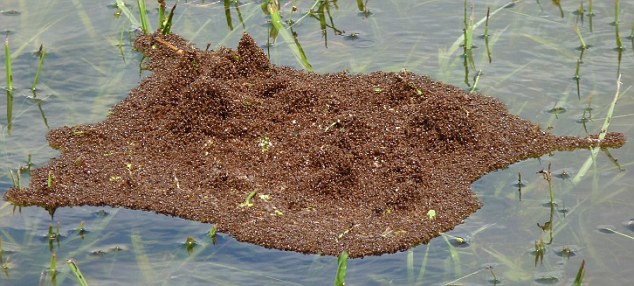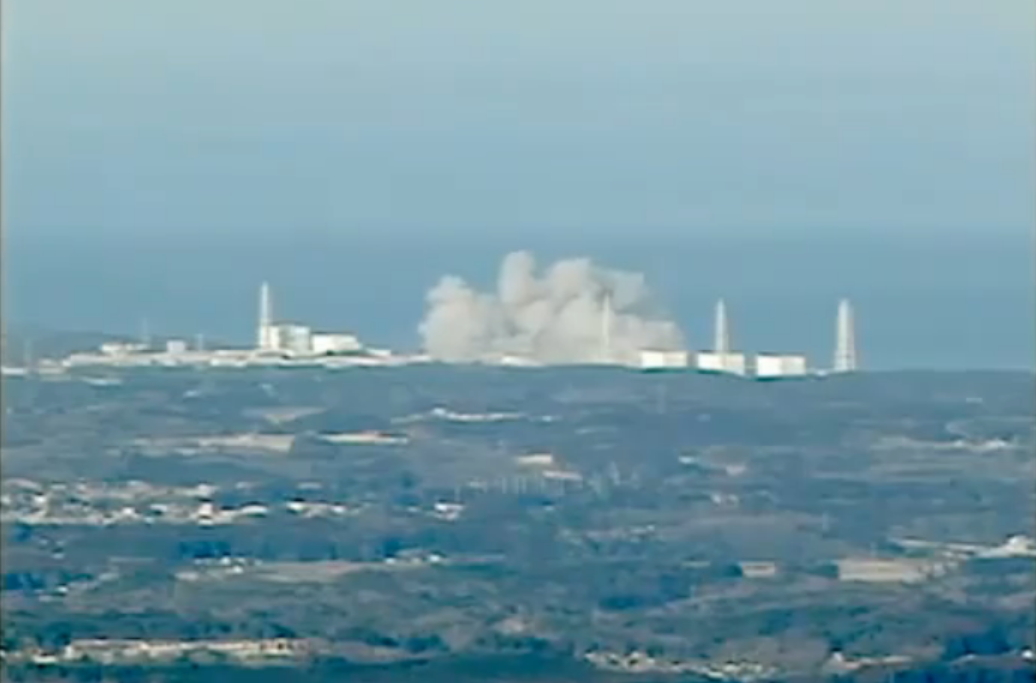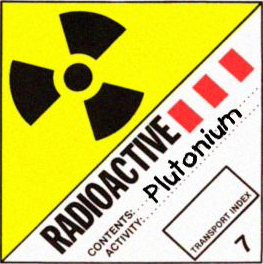Nuclear Power Plant Suffered a Nuclear Meltdown with 3.5 hours of the Japan Earthquake and Was Hid From the Public
A US researcher Chris Allison did the simulation of one of the Fukushima reactors (Reactor 1) and concluded that the meltdown occurred 3.5 hours after the cooling system stopped. It was reported to the IAEA in late March.
So they all knew, except for the hapless citizens of Japan and the rest of the world.
Or they say “Oh we didn’t know for sure until May 15 when TEPCO finally announced it,” like Japan’s PM Kan has said.
We do not know for sure, because no one has looked inside the RPV and reported back to us. All we can do is to collect the evidence and hypothesize, and that has been pointing to a meltdown. Even the PM Assistant has admitted that they knew it was a meltdown early on.
Here’s the summary of the simulation by Allison, as described in the Mainichi English article (linked below):
- The emergency core cooling system (ECCS) fails;
- 50 minutes later: reactor core starts to melt;
- 1 hour 20 minutes later: control rods and other pipes inside the RPV start to melt;
- 3 hours 20 minutes later: most of the melted jumble (“corium”) drops to the bottom of RPV;
- 4 hours 20 minutes later: temperature at the bottom of the RPV reaches 1,642 degrees Celsius, damaging the RPV stainless steel lining [melting point of stainless steel is 1,510 degrees Celsius].
It is not clear from the TEPCO’s log on the day exactly when the emergency core cooling system failed. After the earthquake on March 11 at 2:46PM JST, the ECCS for the Reactor 1 started to operate at 2:52PM JST, but failed only after 10 minutes. And that was before the tsunami arrived at about 3:30PM JST. Attempts were made to restart the ECCS until 1:48AM JST on March 12, when the pump that feeds water to the ECCS broke. (From the summary at Yomiuri Shinbun, 5/16/2011.)
If you can read English, you can read Wikipedia’s various entries on nuclear reactor and reactor accidents, and would have figured out that there was no way that the Reactor 1′s reactor core had not melted once the cooling system failed. I read several wiki entries (“corium“, “meltdown“, “Three Mile Island accident“, “Chernobyl accident” and others), and that was my conclusion as a layman. I kept scratching my head right after the accident, watching the Japanese government vigorously attack anyone who hinted at a core meltdown and hearing TEPCO insist that the fuel rods were only partially “damaged”.
And why has this scientist kept quiet? A confidentiality obligation with a threat of jail time like Professor Kosako?
A meltdown occurred at one of the reactors at the Fukushima No. 1 Nuclear Power Plant three and a half hours after its cooling system started malfunctioning, according to the result of a simulation using “severe accident” analyzing software developed by the Idaho National Laboratory.
Chris Allison, who had actually developed the analysis and simulation software, reported the result to the International Atomic Energy Agency (IAEA) in late March. It was only May 15 when Tokyo Electric Power Co. (TEPCO) admitted for the first time that a meltdown had occurred at the No. 1 reactor at the Fukushima nuclear plant.
According to Allison’s report obtained by the Mainichi, the simulation was based on basic data on light-water nuclear reactors at the Laguna Verde Nuclear Power Plant in Mexico that are about the same size as that of the No. 1, 2, and 3 reactors in Fukushima.
According to the simulation, the reactor core started melting about 50 minutes after the emergency core cooling system of the No. 1 reactor stopped functioning and the injection of water into the reactor pressure vessel came to a halt. About an hour and 20 minutes later, the control rod and pipes used to gauge neutrons started melting and falling onto the bottom of the pressure vessel. After about three hours and 20 minutes, most of the melted fuel had piled up on the bottom of the pressure vessel. At the four hour and 20 minute mark, the temperature of the bottom of the pressure vessel had risen to 1,642 degrees Celsius, close to the melting point for the stainless steel lining, probably damaging the pressure vessel.
TEPCO, the operator of the crippled Fukushima nuclear plant, had tried to fill the containment vessel of the No. 1 reactor with water, but it decided to abandon the plan after it discovered that a meltdown had occurred at the reactor.
Masanori Naito, director in charge of safety analysis at the Institute of Applied Energy, said, “TEPCO could have conducted similar analysis at an early stage and assumed the meltdown had occurred. TEPCO should have prepared other cooling methods besides the method of filling the reactor with water.
Short URL: http://www.myweathertech.com/?p=1512










